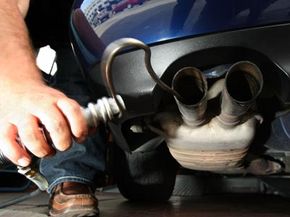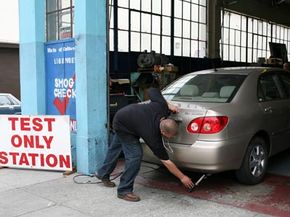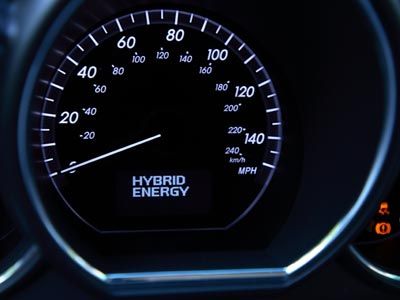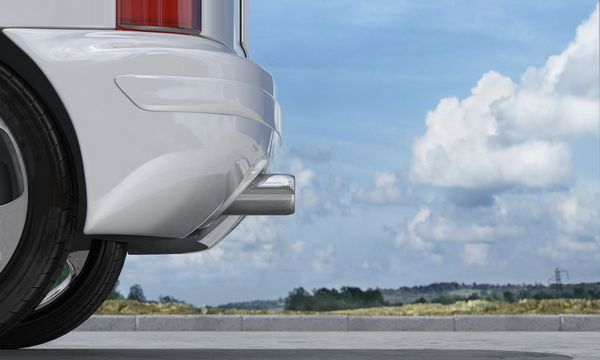When you fill up your car's fuel tank at the gas station, it's easy to think about something other than your car while the price rises. You might be going over that grocery list in your head, or plans you've made for the coming weekend. But how often do you actually think about the gas that's going into your car and what happens to it, aside from the mechanical movement it takes to pump the fuel?
It's easy to forget about what happens to gas when we drive our cars around, especially because most of the time the byproduct of the combustion that's happening within our engines is pretty much invisible. But when we put our foot to the pedal and accelerate any vehicle, we're releasing emissions into the air that pollute and float up to accumulate in the atmosphere. When large numbers of vehicles burn fossil fuels, including gasoline and diesel fuel, they give off carbon particles which, when concentrated, can actually change the planet's climate. The major emissions coming out of your tailpipe are mainly carbon dioxide (CO2), and a collection of other gases commonly known as greenhouse gases -- something scientists suggest we should cut back on.
Advertisement
As concern over global warming and oil dependence increases, many are looking for ways to lessen our impact on the environment and encourage green driving. Several organizations are taking steps to create change: The Obama administration, for instance, announced tougher fuel efficiency standards in May 2009, raising the national mile per gallon average to 35.5 (15 kilometers per liter) [source: Motavalli]. This is creating a strong awareness from drivers everywhere who are seeking out the best fuel consumption.
One tool that new car shoppers may find useful while looking for a new vehicle is called the Green Vehicle Guide, which comes from the U.S. Environmental Protection Agency (EPA). The guide lists environmental performance information for vehicles and allows people concerned about eco-friendly driving find greener, cleaner cars.
One of the main factors in determining a car's efficiency is its greenhouse gas score. But what is a greenhouse gas score, and how can you tell if your car has a good or bad one? Find out on the next page.
Advertisement




